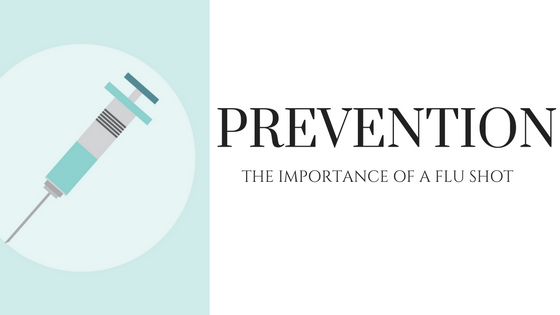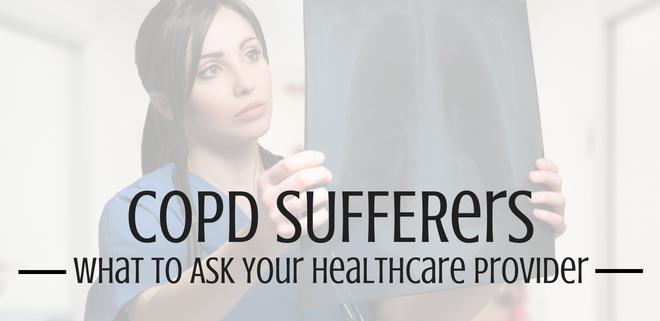Influenza is a serious, potentially deadly disease that affects countless people in the United States every year. And flu “season” can last a long time – beginning as early as October and lasting even into late May. That said, flu shots are of utmost importance when it comes to preventing the virus for people of all ages, including people 65 and over, who can account for up to 90% of all flu-related deaths each year.
The Importance of A Flu Shot
Getting an annual flu vaccine (either a flu shot or nasal spray vaccine) is the best prevention of getting seasonal flu and potentially spreading it to others. The more people that get a flu shot, the lesser the spread of flu in a community. It’s recommended that anyone six months or older should get a flu shot.
The Best Flu Vaccines For 2016-17
The Centers for Disease Control recommends the injectable flu vaccine for 2016 and not the nasal spray vaccine. Both trivalent and quadrivalent vaccines will be available.
The trivalent flu vaccines include a high-dose shot and a shot made with adjuvant – which helps create a stronger immune response – that is approved for people 65 and over. Quadrivalent flu vaccination includes an intradermal shot, which is injected into the skin and not the muscle and uses a much smaller needle. The intradermal shot is approved for anyone from 18 to 64 years old.
How Flu Vaccines Work
Flu vaccines are effective because of antibodies that develop in the body shortly after vaccination. These antibodies provide protection against infection. Both trivalent and quadrivalent vaccines protect against against the influenza A viruses H1N1 and H3N2, as well as an influenza B virus. The quadrivalent vaccine also protects against an additional B virus.
Flu vaccines are often updated each year to keep pace with changing viruses.
Who Should Get Vaccinated
Again, the CDC recommends that anyone 6 months of age or older should get a flu vaccine every season. The flu vaccination is particularly important for anyone at high risk of developing serious complications from the virus. People who are 65 or over are considered high-risk because human immune systems weaken with age.
If vaccine supplies are limited, an importance is placed on making sure certain people get vaccinated, including:
- People ages 50 and over
- Children 6 months through 4 years
- Women who are or will be pregnant during the influenza season, and women up to two weeks after delivery
- People who are residents of nursing homes and other long-term care facilities.
- Health care personnel
- Household contacts and caregivers of people with medical conditions that put them at a higher risk for severe complications of the flu.
There are many others who are included on this list, so make sure to check with your physician or the CDC website to see if you qualify for the high-priority list.
With fall just around the corner, the importance of getting a flu shot for the 2016-17 season cannot be emphasized enough. Not doing so places your health – and potentially the health of others – at an unnecessary risk.





